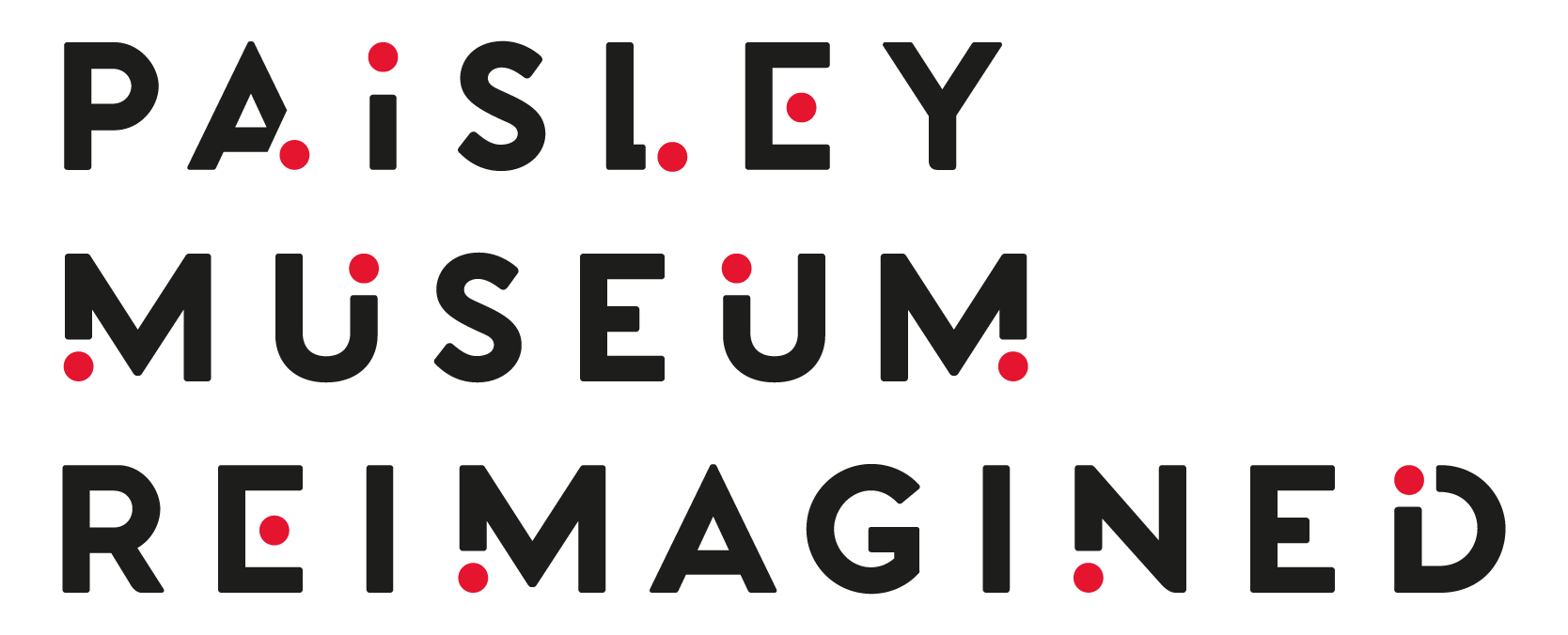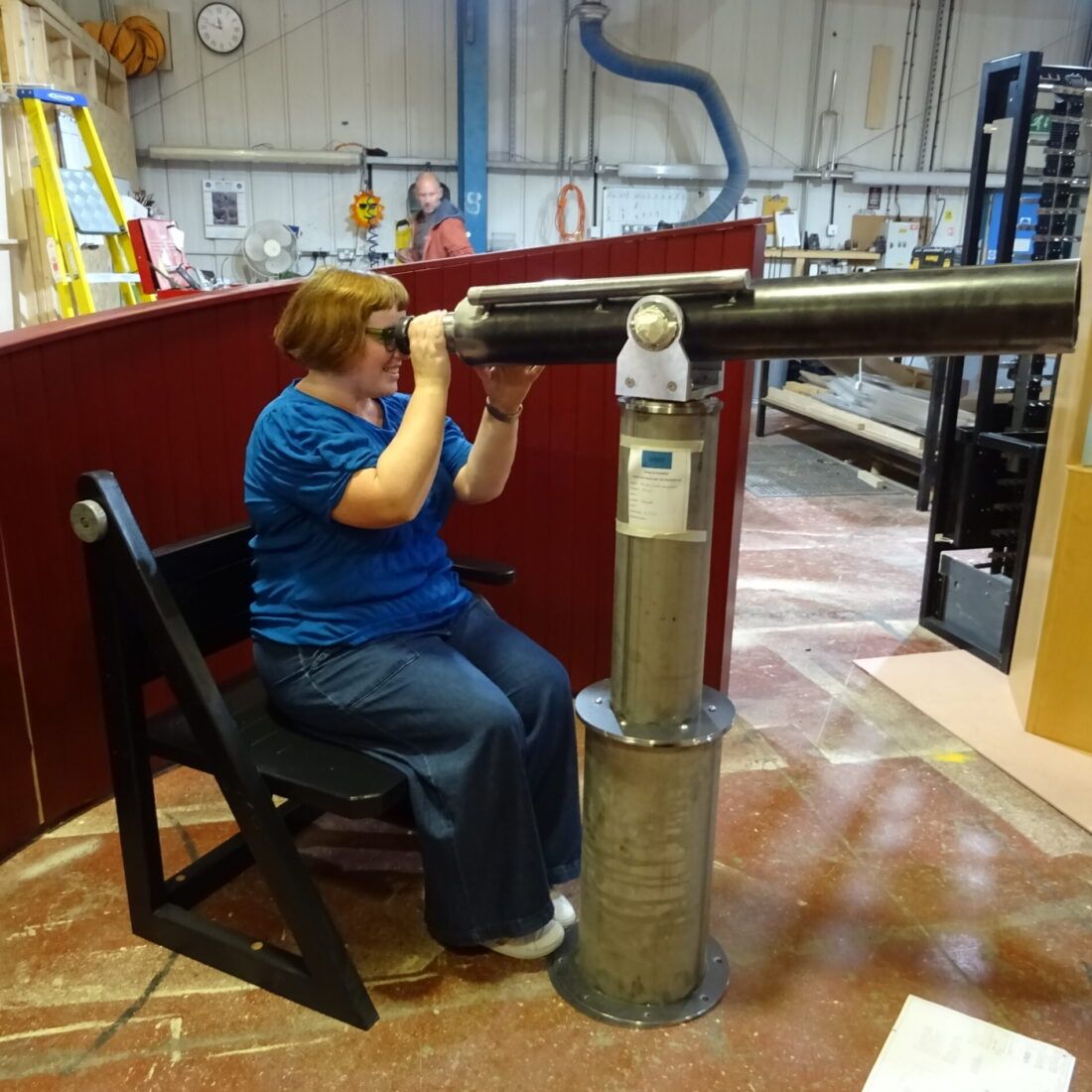Behind the Scenes: Designing Bespoke Displays
Our team met with lead exhibition contractors The Hub Limited and hybrid interactive specialists Unusual Projects to approve prototypes and materials used for some of the more bespoke display elements. Our storytelling approach extends beyond interpretation panels and digital methods, it also encompasses the 3-D design of the displays that will help reinforce display storytelling narratives.
Enhancing Accessibility and Engagement
This approach serves multiple purposes. Firstly, it aids visitors for whom English is not their first language, ensuring that our exhibits are accessible and engaging.
It also caters to visual learners who may find traditional text-based displays less effective. Because these elements are custom-made, the prototyping phase is critical to ensure that materials, finishes and effects perform as planned. You can read more about our display testing in our article Audience Feedback & Museum Digital Experience.
The Display Creation Process
The decision-making process encompasses a range of considerations, from approving colour samples used throughout the displays to examining flocking effects that form the backdrop to ‘theatrical’ artist Pat Douthwaite’s paintings. We carefully selected samples for the running track baseboard in the Athletes exhibit and deliberated over the charred wood effect for the story of Paisley Weaver and poet Alexander Wilson, known for burning many of his poems.
The team also explored various design elements, including routered effects for the William Wallace exhibit, the placement of names for the Glen Cinema tragedy, and layering techniques to represent landscape contours for the Corozal dredging story. We even considered the use of upside-down empty bottles for the plinth of the Temperance story.
Our commitment to creating unique displays led us to examine specialist sculpted resin components, crafted by sub-contractor Beaufort Bespoke, which depict the transformation of water into ice for the early years story of explorer Birdie Bowers. We also evaluated miniature, illuminated pigeon models within an ‘infinity mirror’ showcase for the story about Alexander Wilson’s recording of the now-extinct Passenger Pigeons. Additionally, we explored elements related to the Observatory Compensatory Experience and sections of the Interactive Weaving Studio.
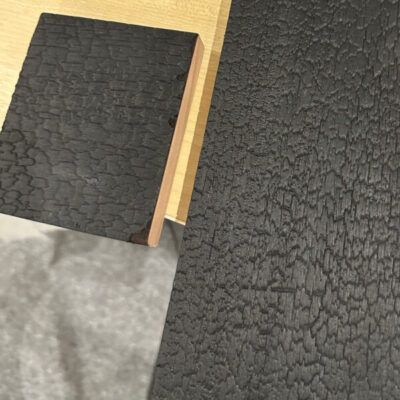
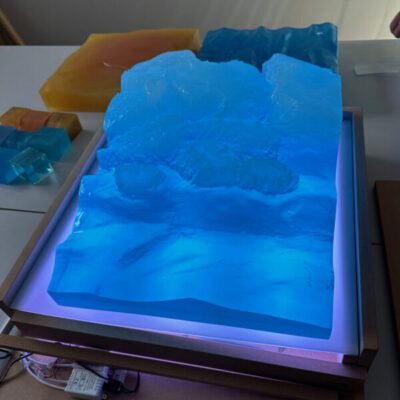
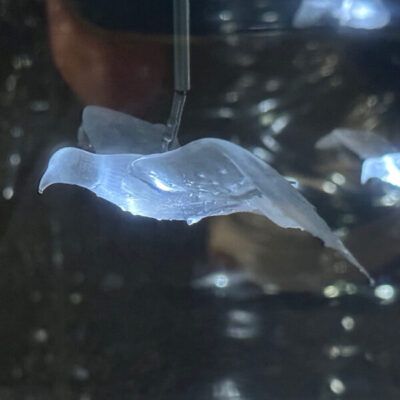
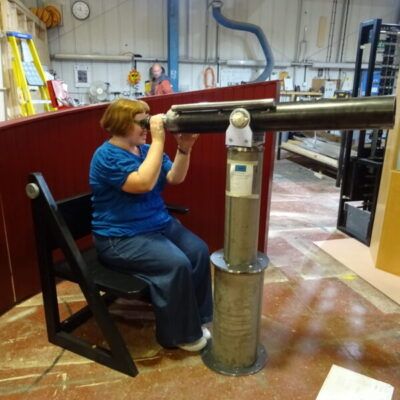
Latest News & Stories
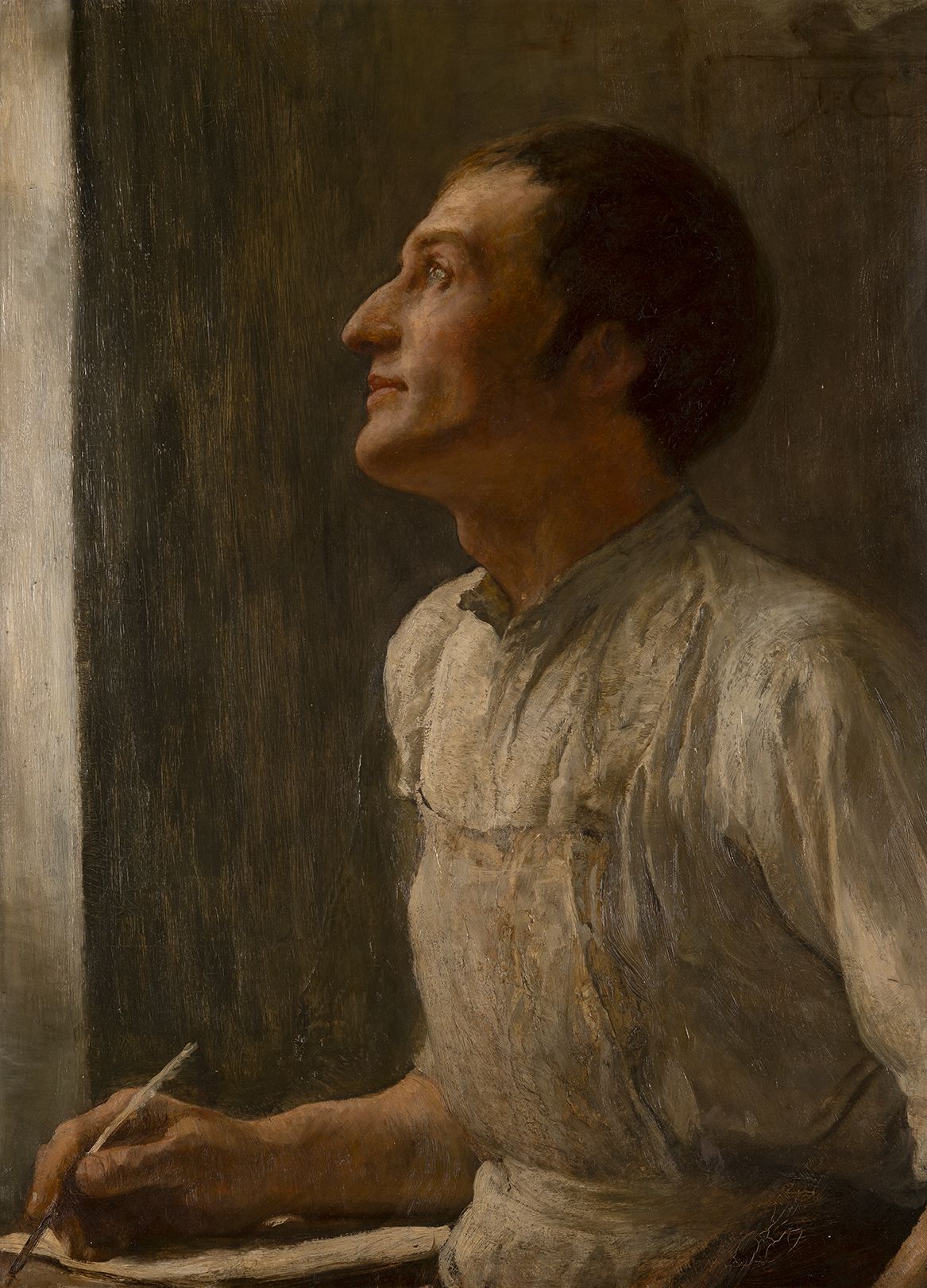
News
12 / 06 / 24Life and death of Scotland’s ‘forgotten bard’ Robert Tannahill re-examined on 250th anniversary of his birth
Paisley’s ‘weaver poet’ lost his life in tragic circumstances, but his legacy still resonates to this day. This month marks the 250th anniversary of his birth on 3rd June 1774, and the team behind the £45 million refurbishment of Paisley Museum has announced plans to showcase Tannahill’s incredible contribution to Scottish culture and re-visit the circumstances around his death.
Read More
News
25 / 05 / 24Social History Collection Conservation
Funding from The Pilgrim Trust has meant that we have been able to collaborate with the People’s History Museum to fully conserve artefacts from the Social History Collection.
Read More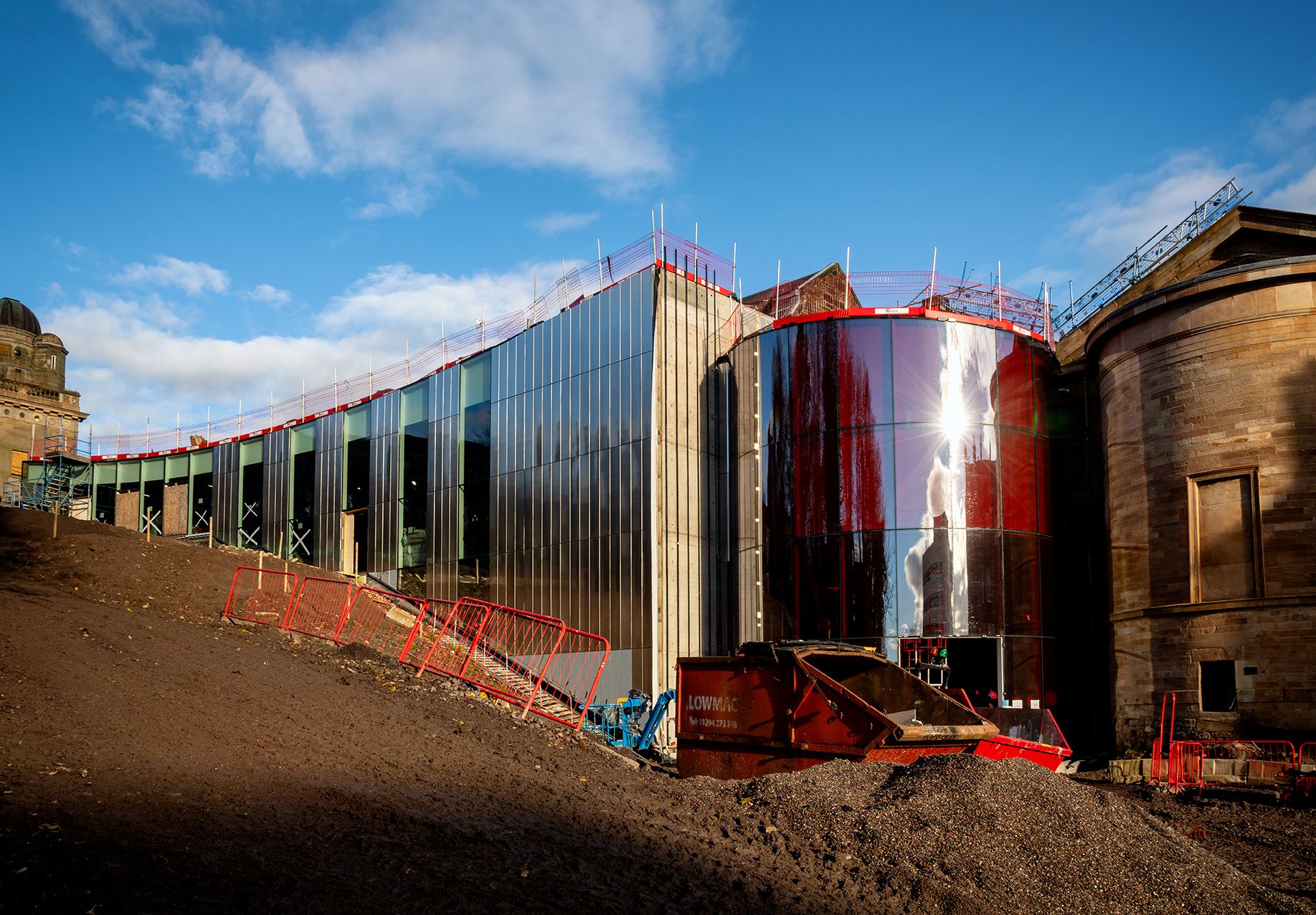
News
14 / 05 / 24Scotland’s biggest cultural heritage project welcomes corporate partners on board
Paisley Museum welcomes the University of the West of Scotland, The Malcolm Group and Scottish Leather Group as corporate partners
Read More